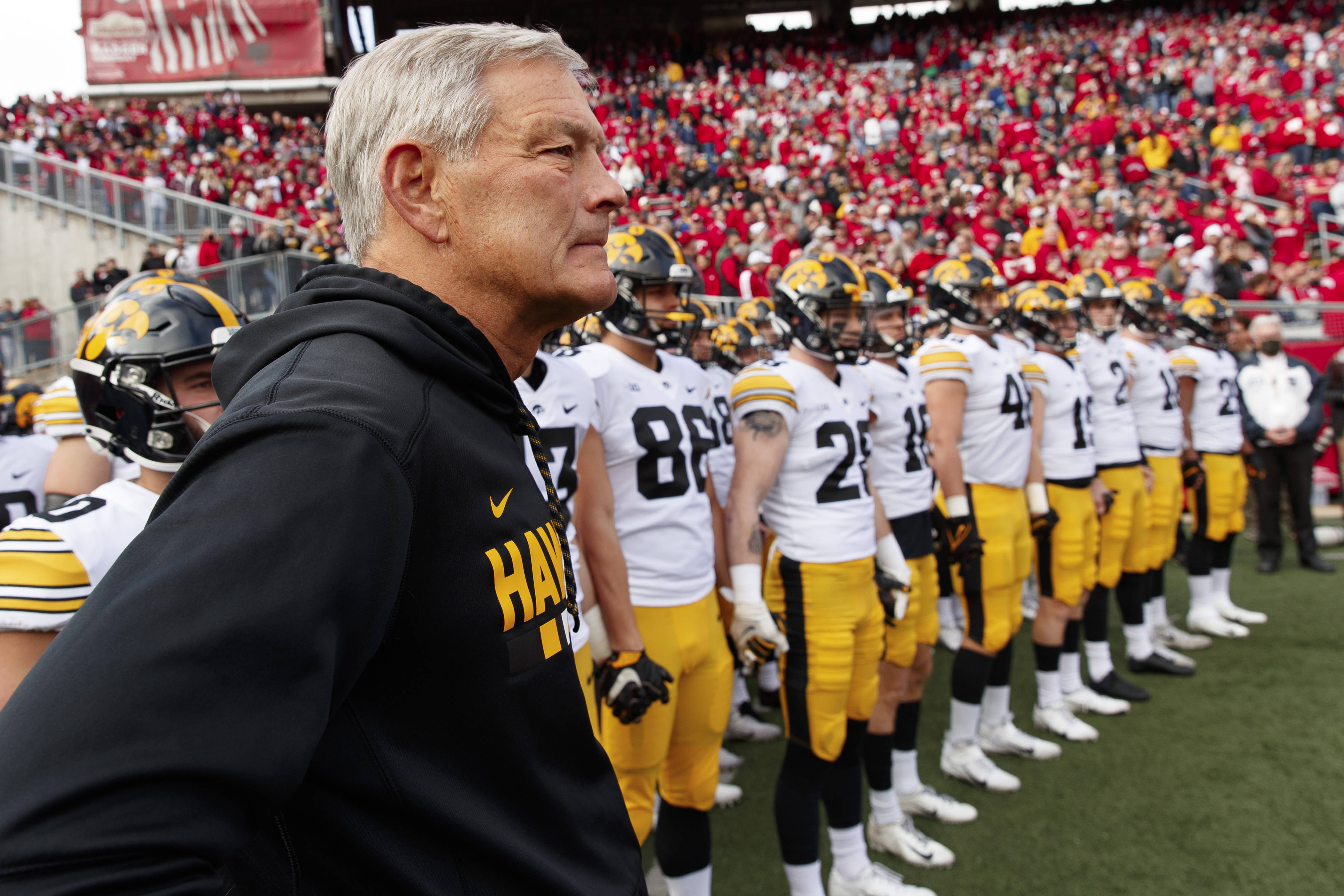What's Happening?
Congress is experiencing a significant wave of retirements, with nearly 9.6% of lawmakers opting not to seek re-election in the 2026 midterms. This includes 37 representatives and eight senators, marking the highest rate of retirements from the House
in over a decade. The retirements are driven by various factors, including pressure on older members to step aside and the pursuit of other political offices. Notable figures such as Nancy Pelosi and Mitch McConnell are among those retiring, while others are running for governor or senator.
Why It's Important?
The retirement wave could reshape the political landscape, affecting party dynamics and legislative priorities. With many experienced lawmakers stepping down, there may be shifts in leadership and policy direction. The retirements also reflect broader concerns about aging politicians and the need for generational change in Congress. This trend could impact the balance of power, particularly if competitive seats open up, influencing the outcome of the 2026 midterms.
What's Next?
As lawmakers retire, their seats will become open for new candidates, potentially altering the composition of Congress. The retirements may lead to increased competition in upcoming elections, with both parties vying to fill these vacancies. The political implications of these retirements will unfold as new candidates emerge and campaign strategies are developed.
Beyond the Headlines
The retirements highlight ongoing debates about age and effectiveness in political leadership. They raise questions about the sustainability of long-term political careers and the need for fresh perspectives in governance. The trend may prompt discussions about term limits and the role of experience versus innovation in political decision-making.
















